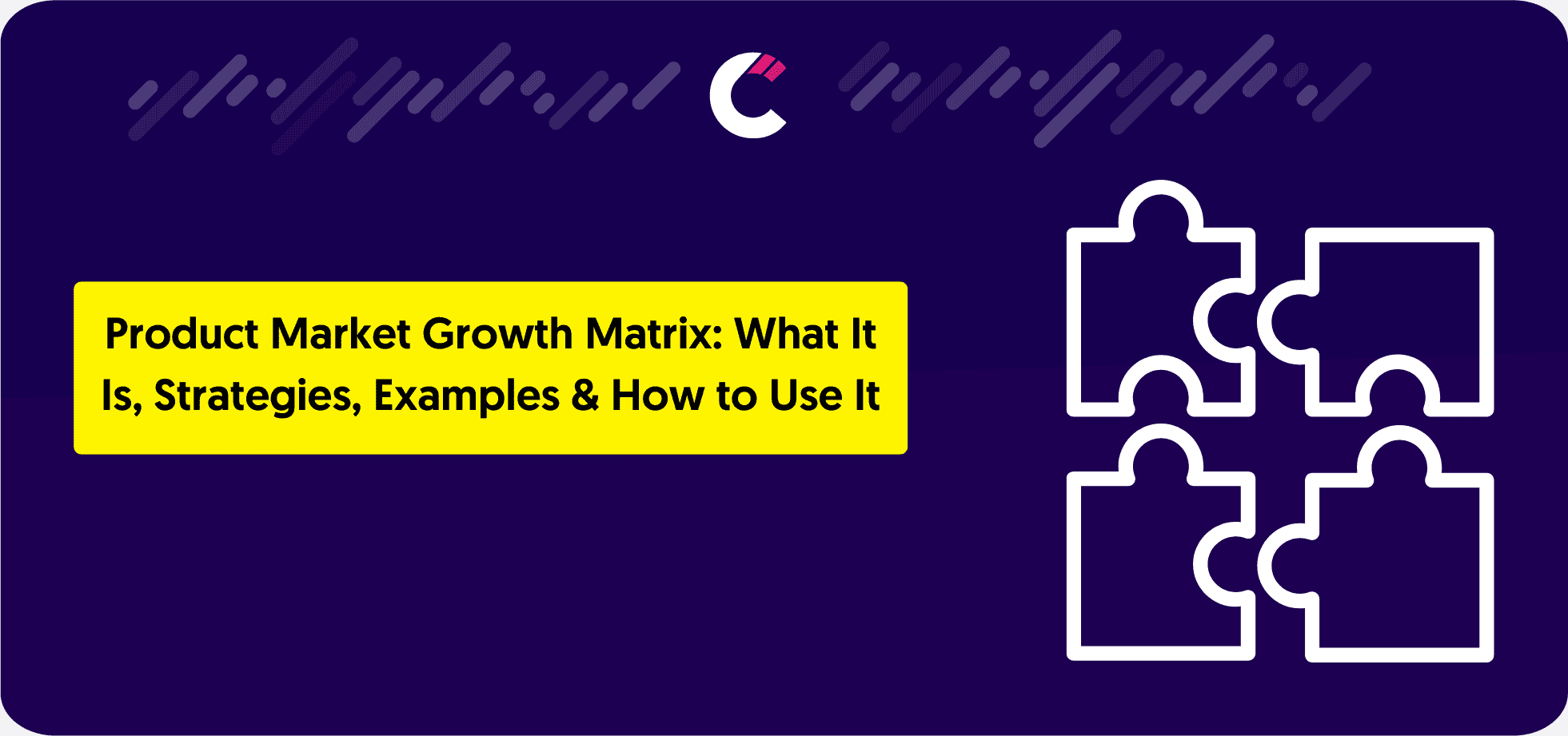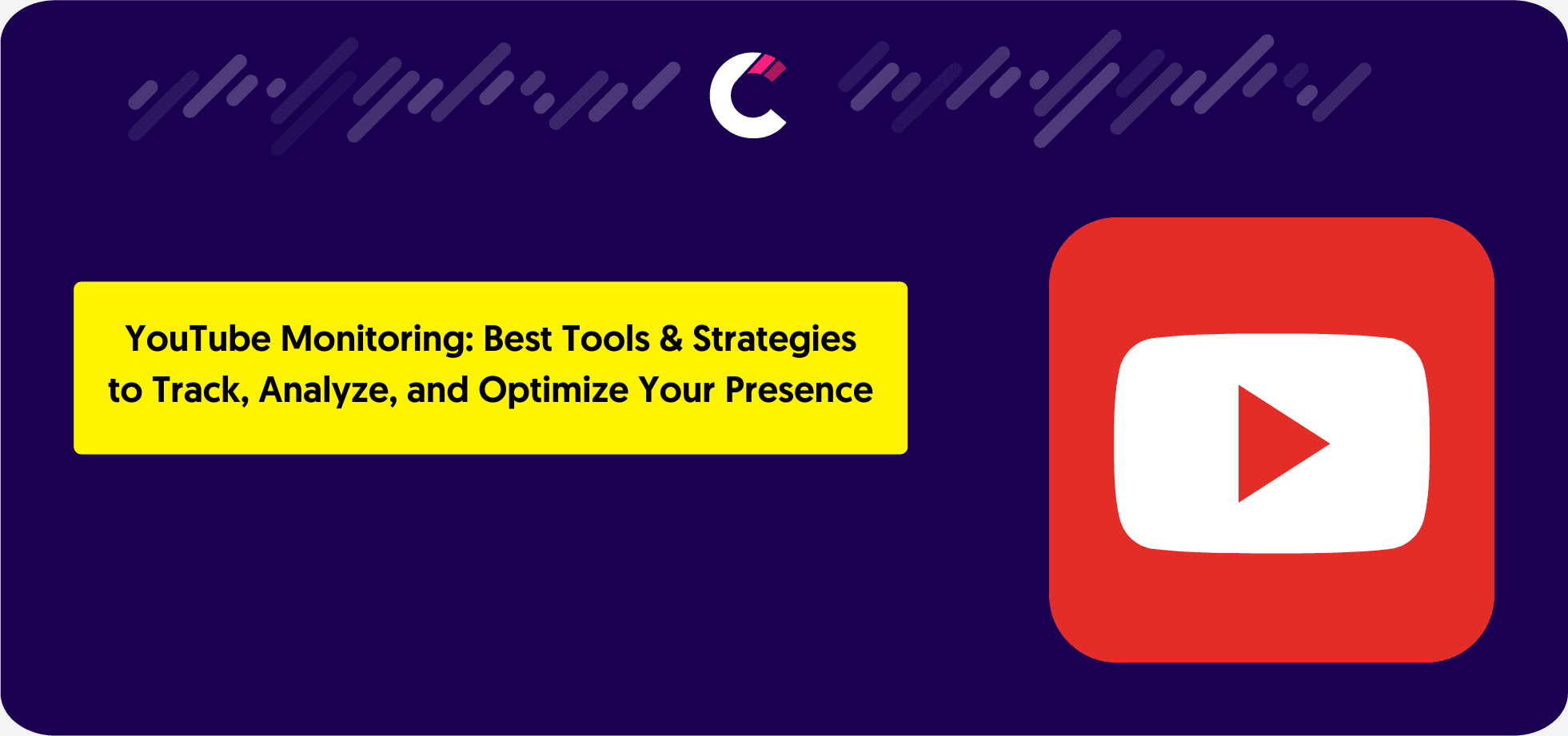What is the Product Market Growth Matrix?
The product market growth matrix is a strategic framework used by businesses to identify growth opportunities. It helps organisations decide how to grow, whether by increasing market share, introducing new products, entering new markets, or diversifying their operations. This model allows companies to visualise their growth strategies in a clear and structured way, aligning their efforts with both market demands and internal capabilities.
The origins of the product market growth matrix can be traced back to Igor Ansoff, who introduced it in 1957. Commonly referred to as the Ansoff Matrix, it categorises growth strategies into four distinct areas: Market Penetration, Market Development, Product Development, and Diversification. By simplifying complex growth decisions into an easy-to-understand framework, the Ansoff product market growth matrix has become a foundational tool for businesses, from startups to multinational corporations.
This framework matters because businesses operate in competitive environments where growth is essential for survival. Whether you are increasing sales in existing markets or expanding to new ones, the product market growth matrix offers a roadmap for growth. It not only helps companies focus on strategic goals but also minimises risk by offering structured pathways to explore new opportunities.
Understanding the Ansoff Product Market Growth Matrix
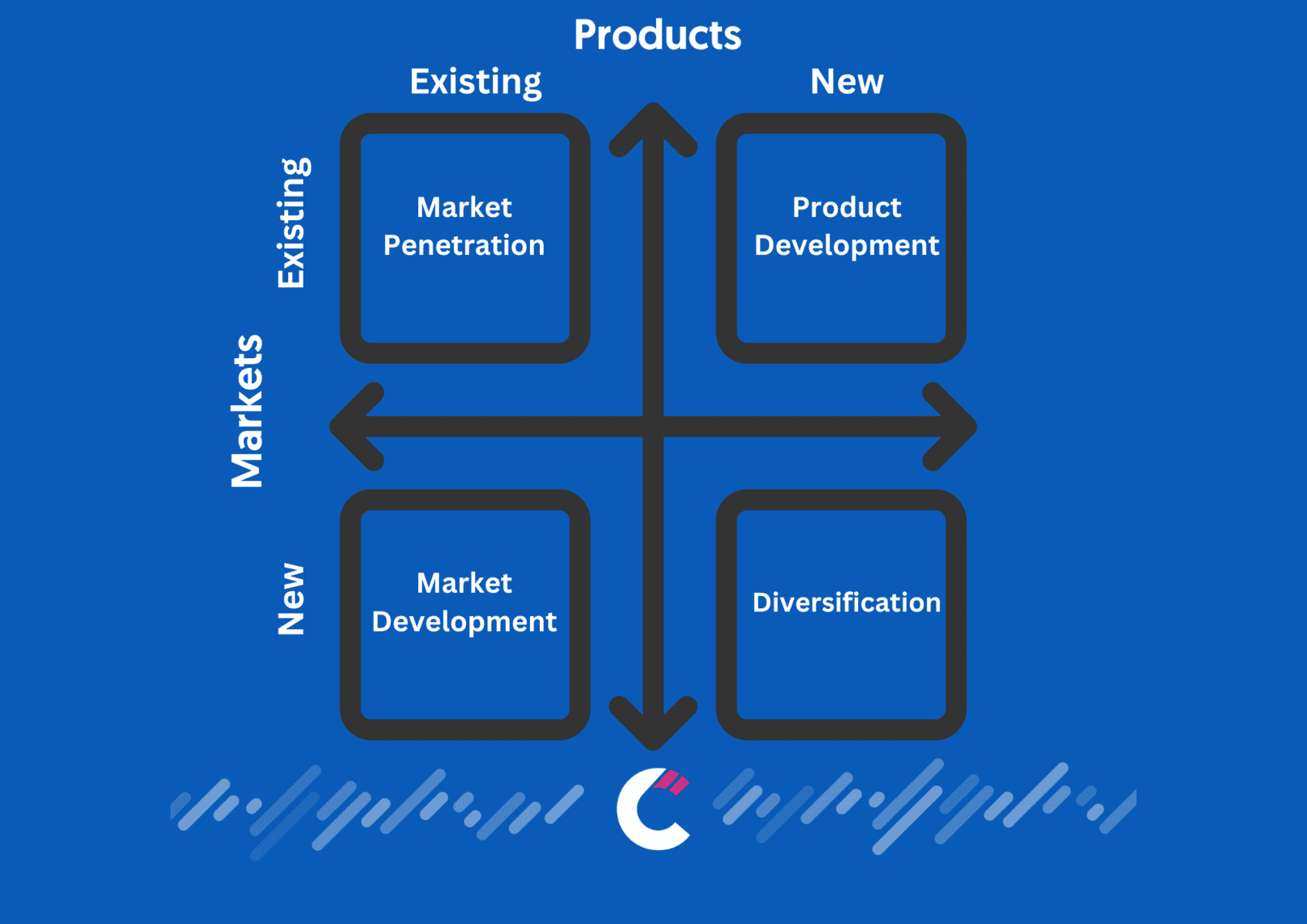
The Ansoff product market growth matrix is a simple yet powerful tool that helps businesses determine their growth strategy by mapping out four key approaches. These strategies are based on the relationship between existing or new products and existing or new markets. By doing so, the matrix provides a clear framework for identifying growth opportunities and aligning them with organisational goals.
The matrix comprises four strategies: Market Penetration, Market Development, Product Development, and Diversification. Each strategy carries its level of risk and reward, depending on factors like market conditions, customer behaviour, and resource availability. While Market Penetration focuses on selling more of the same product to the current market, Diversification requires introducing entirely new products to new markets, making it the riskiest option.
By breaking down growth into these four pathways, businesses can make informed decisions about where to invest their time and resources. For instance, companies that want lower-risk strategies often prioritise Market Penetration or Product Development, whereas those looking for aggressive growth may pursue Diversification.
Let’s take a closer look at each strategy, starting with Market Penetration, the least risky approach in the product market growth matrix.
Product Development: Creating New Products for Existing Markets
Product Development involves creating new or improved products to serve existing markets. In the Ansoff product market growth matrix, this strategy focuses on meeting the evolving needs of current customers while maintaining their loyalty. By introducing innovative products, businesses can stay competitive and boost market share within their established markets.
The main objectives of product development are to respond to changing consumer preferences, differentiate from competitors, and drive revenue growth. However, this strategy carries moderate risk as it requires investment in research, development, and testing. Balancing innovation with practicality is essential to ensure the product meets market demand.
Balancing Innovation with Risk:
- High R&D costs can strain budgets.
- Products may fail to meet customer expectations.
- Competition can quickly imitate or outperform new offerings.
Examples of Product Development:
Apple’s iPhone evolution perfectly illustrates this strategy. Apple continually introduces new iPhone models with improved features like better cameras, faster processors, and unique software capabilities to retain its loyal customer base. By enhancing its products while staying in the same market, Apple drives customer satisfaction and long-term growth.
Market Penetration: Low-Risk Growth Strategy
Market Penetration focuses on increasing sales of existing products within the current market. It is the most straightforward strategy in the product market growth matrix, as it does not involve creating new products or entering new markets. The primary objective is to boost market share by encouraging existing customers to buy more or attracting competitors’ customers.
Businesses can achieve market penetration by:
- Offering promotions, discounts, or loyalty programs.
- Improving product quality or customer service.
- Investing in more aggressive marketing or sales campaigns.
When to Use Market Penetration: This strategy works well in mature markets where demand is stable, and competition is strong. Companies with established products and a loyal customer base often focus on market penetration as a safe way to grow.
Examples of Market Penetration: A classic example is Coca-Cola. The beverage giant frequently uses marketing campaigns, promotional pricing, and product bundling to encourage existing customers to consume more. For instance, during seasonal periods, Coca-Cola boosts sales by launching targeted marketing campaigns like their “Share a Coke” initiative, which increases customer engagement and consumption.
Market Development: Expanding to New Markets
Market Development is a growth strategy in the product market growth matrix that involves selling existing products to new markets. This strategy focuses on reaching untapped customer segments, whether in different geographical locations, demographic groups, or industries. Unlike market penetration, which targets existing customers, market development aims to broaden the customer base.
The main objective of market development is to increase sales by identifying and exploiting new opportunities. This could involve expanding to international markets, entering underserved regions, or repositioning a product to appeal to a different audience. However, market development comes with notable risks, such as cultural differences, logistical challenges, and varying market demands.
Key risks involved in Market Development:
- High costs related to market research, distribution, and marketing.
- Uncertainty about product-market fit in new regions.
- Competition from established local players.
Examples of Market Development:
A great example is Starbucks’ global expansion. While initially dominant in the United States, Starbucks identified growth opportunities by entering international markets like China and the Middle East. By adapting its products to local tastes—such as offering red bean frappuccinos in China—Starbucks successfully expanded its market presence and revenue.
Diversification: The High-Risk Growth Strategy
Diversification is the most ambitious strategy in the product market growth matrix, involving the launch of new products into entirely new markets. Because it requires venturing into uncharted territory, diversification carries the highest risk. However, it also offers the potential for significant rewards, particularly when companies need to explore alternative revenue streams.
There are two main types of diversification:
- Related Diversification: Launching new products that are connected to existing offerings (e.g., a car company introducing electric vehicles).
- Unrelated Diversification: Entering completely new markets with products unrelated to the current business (e.g., an e-commerce company launching cloud computing services).
Examples of Diversification:
Amazon’s move into AWS (Amazon Web Services) is a prime example of unrelated diversification. While Amazon started as an online retail platform, it ventured into cloud computing to meet growing digital infrastructure demands. AWS is now one of Amazon’s most profitable business segments, proving the immense potential of diversification when executed strategically.
Advantages and Disadvantages of the Ansoff Matrix

The Ansoff product market growth matrix provides businesses with a structured framework for identifying growth opportunities, but it is not without its limitations. Understanding both its advantages and disadvantages can help companies maximise its effectiveness while avoiding common pitfalls.
Key Benefits for Businesses:
- Simplifies decision-making: The matrix offers a clear visual representation of growth strategies, helping businesses prioritise options effectively.
- Aligns with long-term goals: By categorising opportunities into four distinct strategies, businesses can align their growth plans with broader organisational objectives.
- Supports risk assessment: The matrix helps businesses understand the varying levels of risk associated with each strategy, allowing for better resource allocation.
- Encourages innovation: Product development and diversification strategies drive businesses to innovate, ensuring they stay competitive.
Limitations and Risks of Applying the Matrix:
- Oversimplifies complexities: Real-world business decisions are far more complex, and the matrix does not account for factors like competition, economic shifts, or resource constraints.
- Limited focus on external factors: The matrix primarily focuses on products and markets but does not consider external influences such as regulatory changes or customer behaviour.
- Risk of misalignment: Companies may struggle to balance the matrix’s strategies with their existing capabilities, leading to wasted resources.
- Lack of prioritisation: While the matrix highlights growth strategies, it does not provide guidance on which strategy to prioritise or how to implement it effectively.
Despite these limitations, the product market growth matrix remains a valuable tool for strategic planning when combined with in-depth market analysis and internal evaluations. Businesses that approach it with realistic expectations can leverage its strengths while mitigating its risks.
How to Use the Product Market Growth Matrix in Your Business
Step 1: Analyse Your Current Products and Markets
Begin by assessing your existing products and the markets you serve. Identify which offerings are performing well and which have room for growth. Consider customer feedback, sales trends, and market share data to pinpoint opportunities within your current setup.
Step 2: Evaluate Your Resources and Capabilities
Understand your internal strengths, such as financial resources, talent, and technology. Knowing what you can realistically achieve ensures you select a strategy that aligns with your capabilities.
Step 3: Assess Market Opportunities and Threats
Conduct thorough market analysis to identify trends, opportunities, and risks. Tools like SWOT analysis and competitor research can help you prioritise which markets or products to focus on.
Step 4: Select the Appropriate Growth Strategy
Choose the strategy that balances risk and reward. If your market is saturated, focus on product development or diversification. If growth opportunities exist in your current market, market penetration may be ideal.
Step 5: Implement, Monitor, and Adjust
Execute your chosen strategy with clear action plans and KPIs. Continuously monitor performance and adjust your approach based on results to ensure sustainable growth.
When applied systematically, the product market growth matrix can guide businesses toward informed, strategic decisions that drive growth.
How Competitors App Can Help With Your Product Market Growth Matrix Analysis
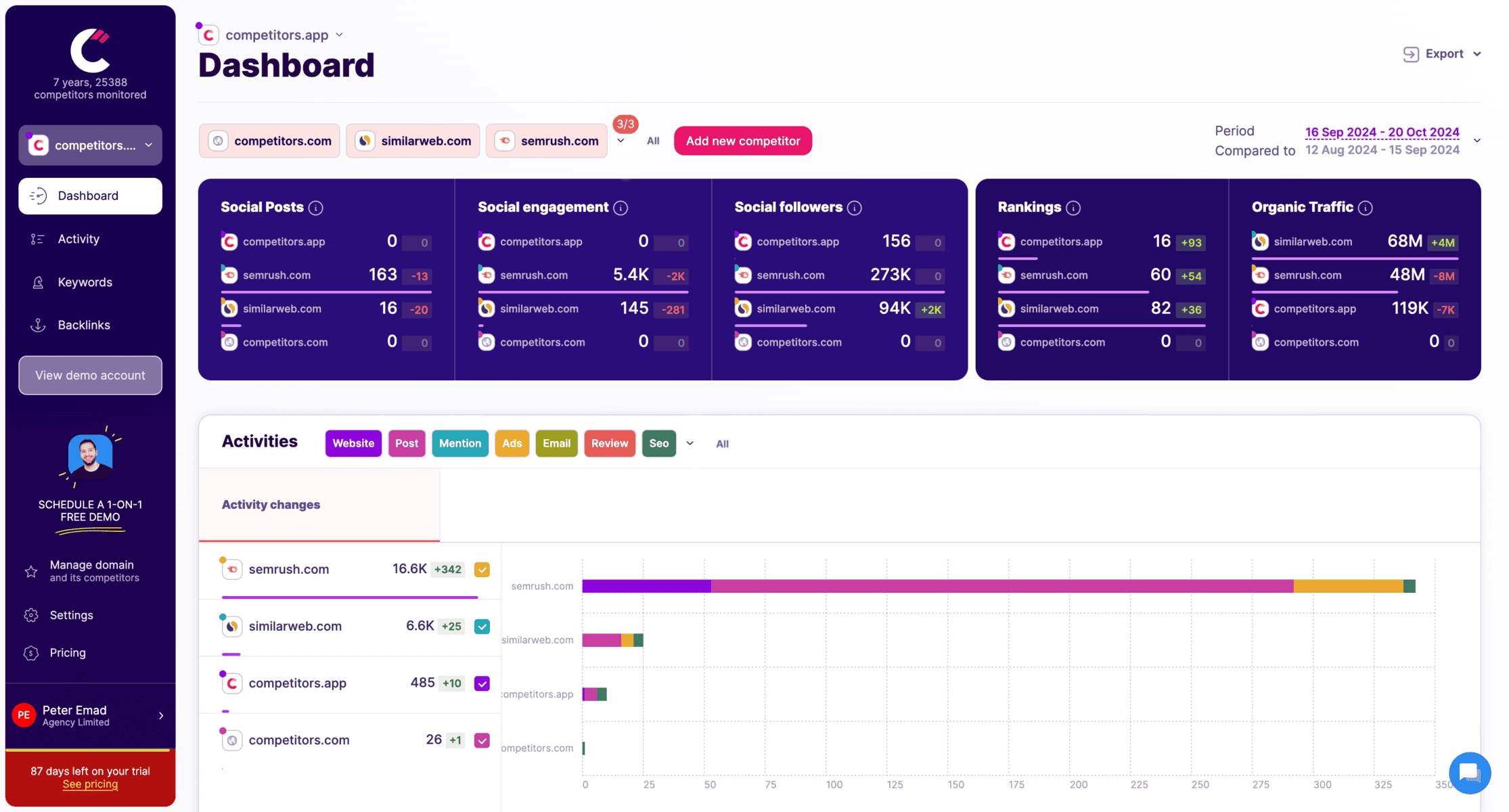
Using tools like Competitors App can significantly improve how businesses apply the product market growth matrix. By leveraging data-driven insights, Competitors App helps companies monitor competitors, identify trends, and make informed decisions for each growth strategy.
How Competitors App Supports Market Penetration
- Monitor competitors’ marketing campaigns to identify successful strategies.
- Analyse pricing changes, discounts, and promotions to adapt your approach.
- Track market share shifts to understand where opportunities for growth exist.
For example, if a competitor introduces a loyalty program that attracts customers, businesses can respond by implementing similar initiatives to boost market penetration.
How Competitors App Aids Product Development
- Track competitors’ new product launches and features.
- Identify gaps in the market based on competitor offerings.
- Analyse customer feedback on competitors’ products to inform your R&D.
By staying updated on competitors’ innovations, businesses can develop products that meet customer demands while addressing gaps competitors may have overlooked.
How Competitors App Helps with Market Development
- Analyse competitors’ performance in new regions or markets.
- Identify underserved markets where demand exists but competition is low.
- Gain insights into regional trends, customer preferences, and cultural factors.
For instance, businesses expanding into new regions can use Competitors App to evaluate the success of competitors’ market entry strategies, avoiding pitfalls and maximising their chances of success.
How Competitors App Supports Diversification
- Discover emerging industries and market trends.
- Monitor competitors’ diversification strategies to identify opportunities.
- Analyse the performance of diversified products or services in new markets.
Diversification requires businesses to venture into new territory. Competitors App provides the competitive intelligence needed to mitigate risk and make data-driven diversification decisions.

Tracks competitor social media updates across LinkedIn, Facebook, Twitter, and more.
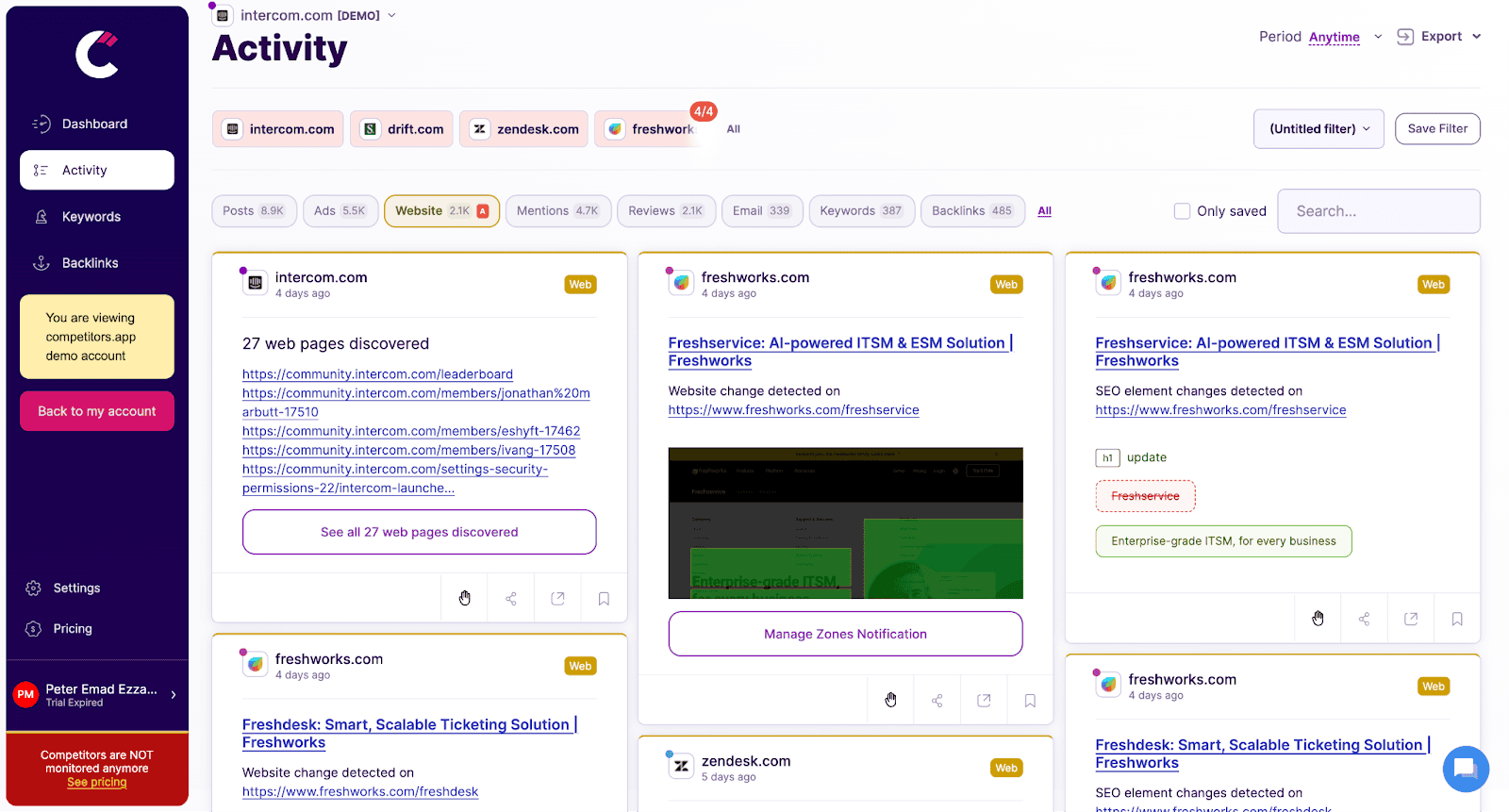
Monitors changes on competitors’ websites, such as product updates, pricing adjustments, and new messaging, providing instant alerts to help sales teams respond promptly.
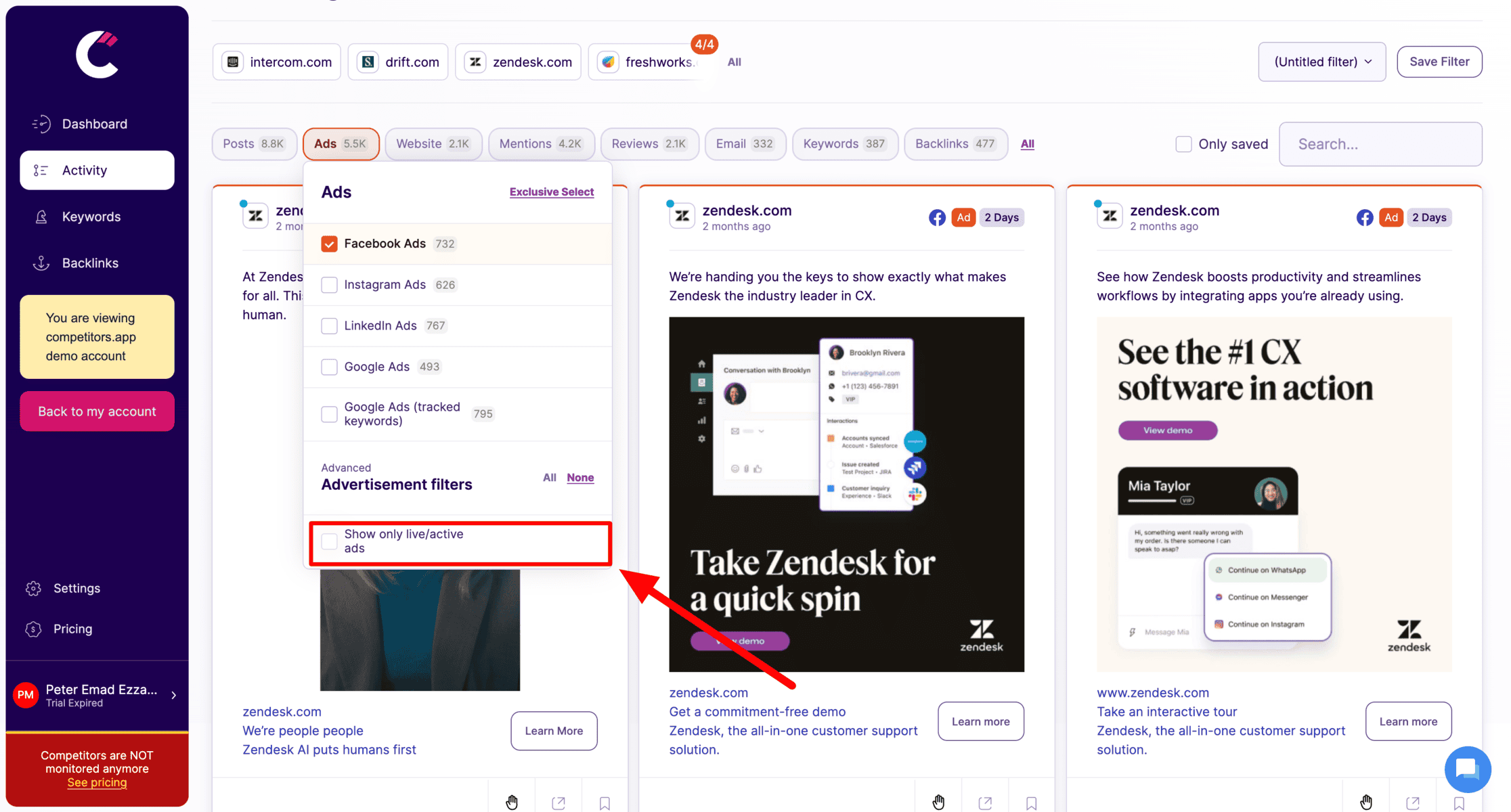
Tracks digital ad campaigns across platforms like Google Ads, Facebook, LinkedIn, and Instagram. It provides details on ad creatives, spending, and performance metrics, helping teams analyze successful ad strategies.

Analyzes competitors’ keyword strategies, organic rankings, and backlinks, allowing teams to refine their own SEO tactics and boost search visibility.

Tracks competitors’ email campaigns, including content, frequency, and engagement metrics, helping sales teams understand email tactics that drive engagement and conversions.
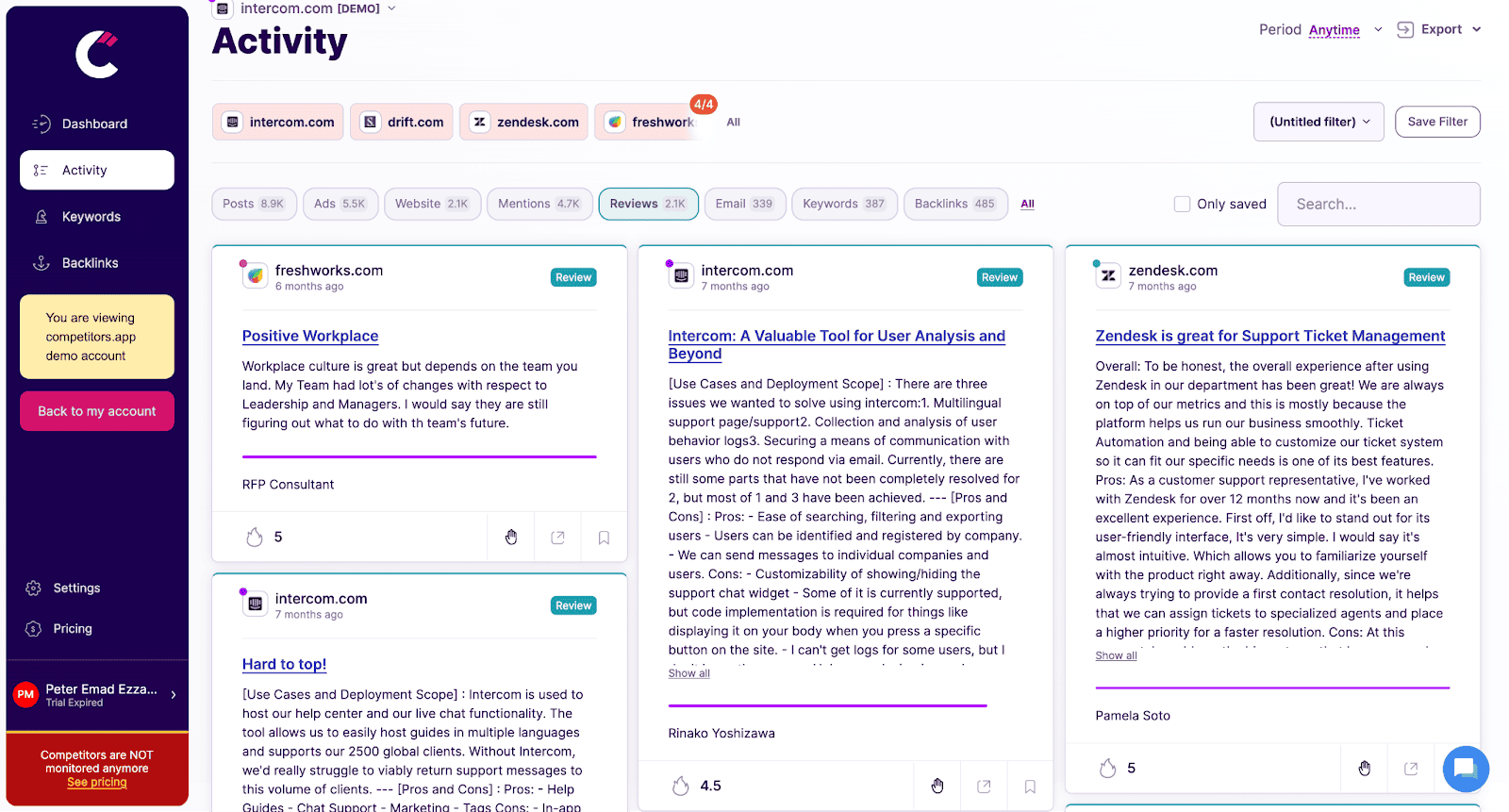
Analyzes customer reviews and ratings for competitors, providing insights into customer feedback, pain points, and product strengths, helping teams craft better sales pitches.
Common Pitfalls to Avoid
While this is a valuable tool, businesses often encounter pitfalls when applying it. Being aware of these challenges can help companies maximise its effectiveness.
- Misinterpreting market dynamics: Failing to conduct proper market research can lead to flawed growth strategies that do not align with customer needs or competitive realities.
- Overlooking resource limitations: Ambitious growth plans can fail if businesses lack the financial, human, or operational resources to implement them effectively.
- Failing to balance risk and growth: Overemphasis on high-risk strategies like diversification can lead to significant losses if not carefully managed.
Neglecting to monitor and adjust strategies: Businesses that do not measure performance and adapt their strategies risk falling short of their growth objectives.
BCG Matrix vs Product Market Growth Matrix: Understanding the Differences

The BCG Matrix and product market growth matrix are two popular tools used for business strategy, but they serve different purposes.
Overview of the BCG Matrix:
The BCG Matrix focuses on analysing a company’s portfolio of products or business units based on two metrics: market growth rate and market share. It categorises products into four quadrants:
- Stars: High growth, high market share (e.g., products with strong performance in fast-growing markets).
- Cash Cows: Low growth, high market share (e.g., mature products generating consistent revenue).
- Question Marks: High growth, low market share (e.g., new products with potential but uncertain success).
- Dogs: Low growth, low market share (e.g., underperforming products that may require divestment).
How the BCG Matrix Complements the Product Market Growth Matrix:
While the BCG Matrix helps businesses prioritise their existing products or business units, the product market growth matrix identifies opportunities for new products or markets.
- When to Use Each Tool:
- Use the product market growth matrix when exploring growth strategies and identifying new opportunities.
- Use the BCG Matrix when managing a portfolio of existing products or business units to allocate resources effectively.
Together, these tools provide a comprehensive approach to business growth, allowing companies to optimise their current offerings while planning for future expansion.
Frequently Asked Questions
What is the product market growth matrix?
The product market growth matrix, also known as the Ansoff Matrix, is a strategic tool that helps businesses identify growth opportunities by exploring strategies like market penetration, market development, product development, and diversification.
How does the Ansoff Matrix differ from the BCG Matrix?
The Ansoff Matrix focuses on growth strategies based on new or existing products and markets. The BCG Matrix, on the other hand, evaluates a company’s existing products based on market growth rate and market share.
What are examples of the product market growth matrix in real life?
Real-world examples include Coca-Cola’s market penetration campaigns, Apple’s product development through iPhone evolution, Starbucks’ global market development, and Amazon’s diversification with AWS.
What are the main risks of using the product market growth matrix?
The primary risks include oversimplifying business complexities, neglecting external factors like competition or market conditions, and choosing strategies that exceed available resources. Diversification, in particular, carries high risks due to its uncharted nature.
Why is the Ansoff Matrix important for small businesses?
The Ansoff Matrix is valuable for small businesses because it provides a clear and structured approach to growth, helping them focus on strategies that align with their limited resources. Small businesses can start with lower-risk strategies, like market penetration, before gradually exploring riskier opportunities such as diversification.
